Having no reservations: regional health board erases cap and moves ahead on preliminary KBRH upgrade planning
The bandage has been ripped off the regional health board’s reserve fund, exposing the long-standing scar regarding renewal of the region’s main hospital.
The decision on whether to lift the cap off the West Kootenay Boundary Regional Health District (WKBRHD) board’s growing reserve fund passed in a board meeting late last month, potentially allowing the $9.3 million fund to top $11 million this year.
Although the board passed the motion to dissolve the cap and let it grow larger, it did put a brake on taxation, agreeing not to raise taxes this year and put the $1.72 million it would normally collect in 2016 toward the reserve. The average household tax bill from the WKBRHD is about $32 annually.
“That does not mean that budgets won’t be discussed every year, it means we have capacity to build reserves,” said Mayor Deb Kozak, Nelson’s representative on the board.
Rather than have a cap on reserve funding, instead the board will now directly control how much it puts in the reserve fund in any given year.
That money can be used for any project exceeding $2 million within the hospital district. To give it a better idea of what is in need of funding, Kozak said the board had asked the Interior Health Authority (IHA) to provide a five-year facility and equipment capital forecast, and the health authority has agreed to comply.
The cap removal will give the hospital board the capacity to build up reserves to cover the cost of repairs and maintenance to existing facilities in the region, like the Kootenay Boundary Regional Hospital in Trail.
The hospital — which services around 80,000 people in the region, including Nelson — is in sore need of upgrades to ambulatory care, the emergency department and the pharmacy. That laundry list of items is pegged at the cost of $44 million.
Although it has long been known the hospital has needed upgrades in those areas, there has been no movement forward with IHA on the project in some time. As a result, the board has asked IHA to come up with a firm plan on how the upgrade of the existing, but aging, facility could move forward.
“(And) the idea of a brand new hospital at some stage in the future has never left the table, never left the books, it’s just that no date has been set,” said Kozak.
With other major hospital builds done in other areas of IHA in recent years, $44 million for Trail is a drop in the bucket, she added.
Kozak put forth a motion (and it passed) that the board approach IHA and begin planning for the future and involve the board in discussing renewal of KBRH. The board has asked for a final cost estimate from IHA and approval to proceed with construction.
Tracking the reserves
In 2007, the WKBRHD established a reserve fund that was to be used to purchase and finance capital projects. In 2012, the board placed a cap of $10 million on the fund.
The reserve comes from contributions over the past number of years, said Horn, with taxation funding used to build the reserve — taxation being the only funding the WKBRHD has as its source.
The original reason for establishing the reserve was to build a new hospital, said the chief administrative officer of the Regional District of Central Kootenay and the secretary of the WKBRHD, Stuart Horn, which was expected to cost $400 to $500 million. The WKBRHD’s share of that would have been $160 million to $200 million.
Horn could not explain exactly why the surplus has accrued in the face of a growing need for upgraded hospital facilities across the district.
“Interior Health has limited capacity to complete projects,” he began. “As a result, they request funding each year based on their ability to fund 60 per cent of the project and their ability to get the project done. They have a list of projects that are prioritized for future completion.”
The board provides a variable amount of money for capital projects to the IHA depending on how much work is completed by IHA as they are paid as work is completed. On average it is between $1.5 to $2.5 million a year.
There is no mandate to add to the reserve each year. Reserves are used in order to limit tax increases when major projects are requested by IHA.
The board uses the “rainy day” reserve to fund projects with a value greater than $2 million. Capital reserve funds were used on the Kootenay Lake Hospital emergency department project.
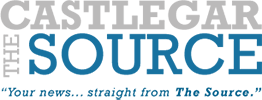

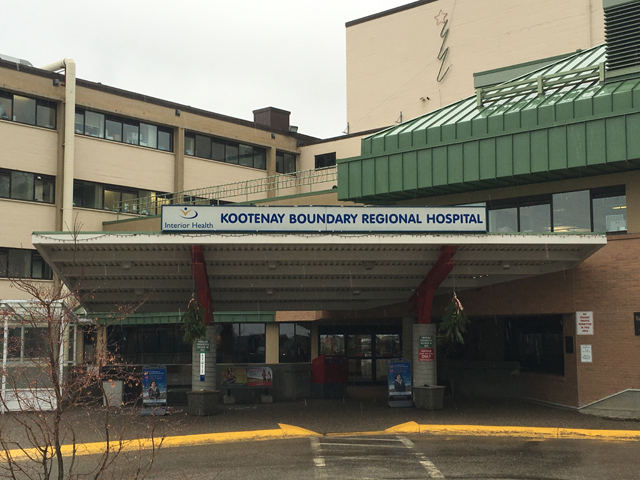

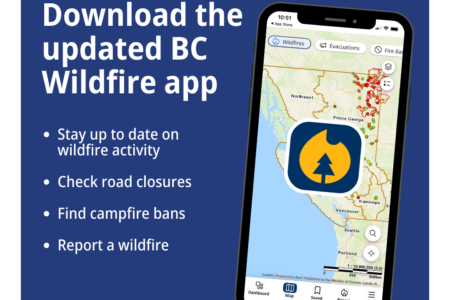
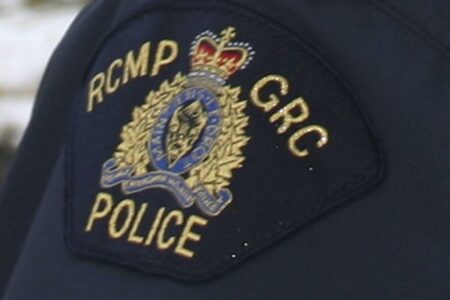
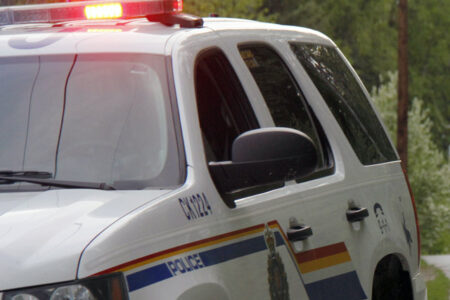














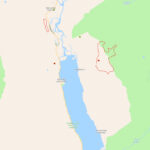




Comments